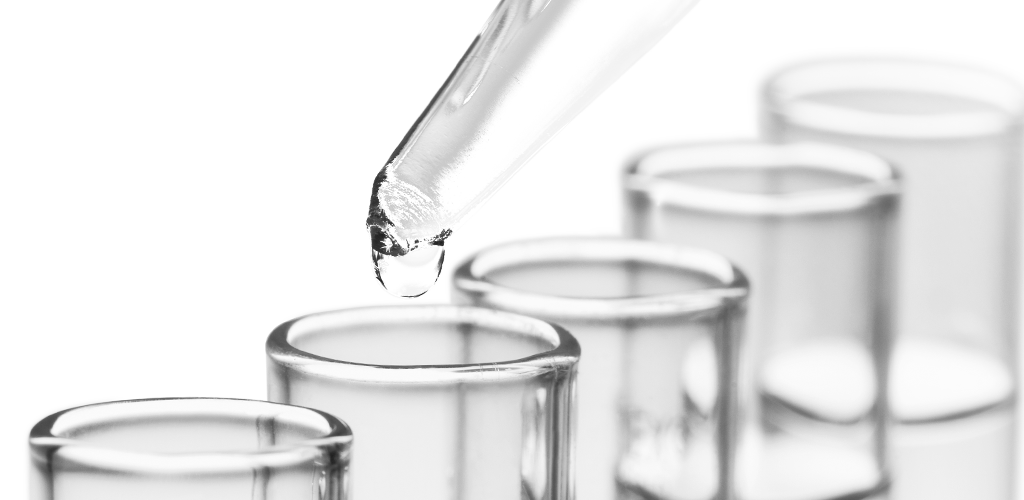Platelet function
Introduction
Thrombocytes (platelets) play a central role in the primary as well as in the secondary haemostasis. Apart from this task, they are also deeply involved in wound healing and blood vessel dependent tumour metastasis.
Adhesion and activation
In its normal state, the endothelium (the inner wall of the blood vessel) is not adhesive for platelets. Only after vessel damage, causing a presentation of collagen fibres from the subendothelial matrix, can several activation reactions occur. These will lead to the formation of a primary platelet plug, minimizing blood loss. The membrane bound platelet surface glycoproteins, that act as receptors are decisive for the platelets function in the primary hemostasis. In the first phase of platelet activation, – triggered by adhesion to collagen in the subendothelial matrix – the GP Ia/IIa-complex play a dominant role. In order to quickly accumulate passing thrombocytes from the streaming blood, the von Willebrand factor is also necessary. When this factor binds to collagen, thrombocytes can adhere to a distinct part of the von Willebrand molecule with its GP Ib/V/IX-complex and thereby accumulate at the site of damage. A defect or malfunction in these GP Ib/V/IX-complexes is linked to a bleeding complication: The Bernard-Soulier-syndrome.
It is when these bindings take place that the actual platelet activation process is triggered. At this stage, platelets can also spread out over the damaged site.
The described adhesion induces the activation phase, but there are also plenty other known stimuli. The most important ones are ADP, thromboxane A2, adrenalin, immobilized fibrinogen and von Willebrand factor. Characteristic for the activation is:
- Stimulation of different metabolic pathways
- Shape change
- Activation of GP IIb/IIIa-receptors
- Induction of the procoagulant state.
Platelet aggregation
Activation of the platelets causes activation of another membrane bound glycoprotein, the GP IIb/IIIa receptor. This is essential for platelet aggregation.
Normally, fibrinogen bridges are formed on this glycoprotein between the individual activated platelets. In an analogy with the Bernard-Soulier-syndrome, a defect or malfunction of this glycoprotein is linked to a bleeding disorder: Glanzmann’s thrombasthenia.
Forming a procoagulant surface
The reactions of plasmatic coagulation take place on surfaces. Activated thrombocytes can form these surfaces in two main ways:
First, glycoproteins with high binding affinities are presented on the surface and are thus capable of binding activated coagulation factors. Second, the membrane contains phosphatidylserine, which by a flip-flop mechanism in the activated membrane can be turned to face outwards. These negatively charged phospholipids can then also bind activated coagulation factors.
Diagnostics of platelet function
Problems with platelet function are often analyzed with aggregometry. Analyses made with Born’s method are based on the fact that thrombocytes form large aggregates when stirred in the presence of certain inductors. This can be visualized by an increase in light scattering. The continuing change of the sample’s ability to scatter light can be monitored over a certain period. The shape of the resulting curve gives valuable information on thrombocytic functionality. Monitoring of pharmaceuticals that are designed to limit platelet aggregation is also possible with aggregometry according to Born.

